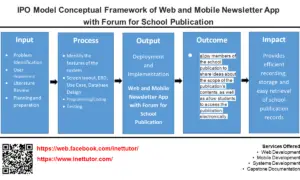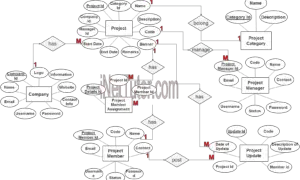Event Tabulation System ER Diagram
This article will discuss the step by step process on how to prepare the entity relationship diagram or ERD of the project entitled Event Tabulation System.
Before we proceed to the tutorial and explanation on how to create and ERD for Event Tabulation System, let us explain and describe purpose of the event tabulation system.
The project entitled Event Tabulation System is an information system that manages the processes of every school event which includes pageants competition, sports activities and cultural activities. This is a dynamic system that capable of handling every event. You can also download the application on this website; just visit the download section and search for the event tabulation project. Database design and system features as well as the form design was already been posted.
The first step in the development of the Event Tabulation System is to prepare the ER diagram that will serve as the basis later on in the creation of the actual database.
We will create and explain the process of making the entity relationship diagram of Event Tabulation System.
Let’s start from the symbols used in the ER Diagram.
Entity is represented by the rectangle shape. The entity will be our database table of Event Tabulation System later on.
Attribute is represented by the oval shape. This will be the columns or fields of each table in the Event Tabulation System.
Relationship is represented by diamond shape. This will determine the relationships among entities. This is usually in a form of primary key to foreign key connection.
We will follow the 3 basic rules in creating the ER Diagram.
- Identify all the entities.
- Identify the relationship between entities and
- Add meaningful attributes to our entities.
Step 1. In the Event Tabulation System we have the following entities
- Users
- User Accounts
- Activities
- Event
- Contestant
- Department
- Criteria
- Scores
- Judges
Our design of Event Tabulation System consists of 9 entities; the specified entities will be our database tables in the design and implementation of Event Tabulation database schema.
We will now draw the entities of the Event Tabulation System specified above and it will be represented by a rectangle shape. The image below is the entities identified in the scope of the Event Tabulation System.
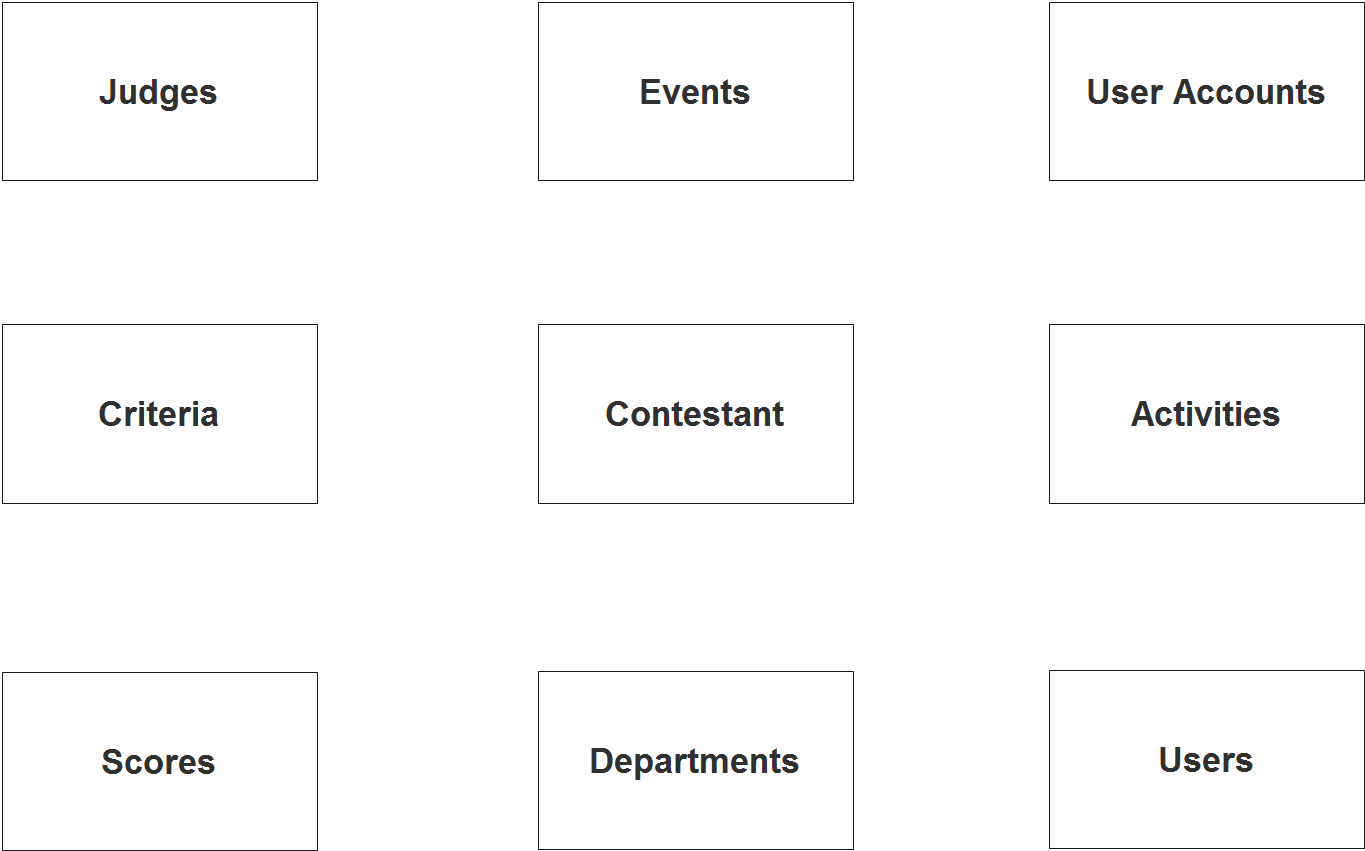
Step 2. After we have specified our entities, it is time now to connect or establish a relationship among the entities.
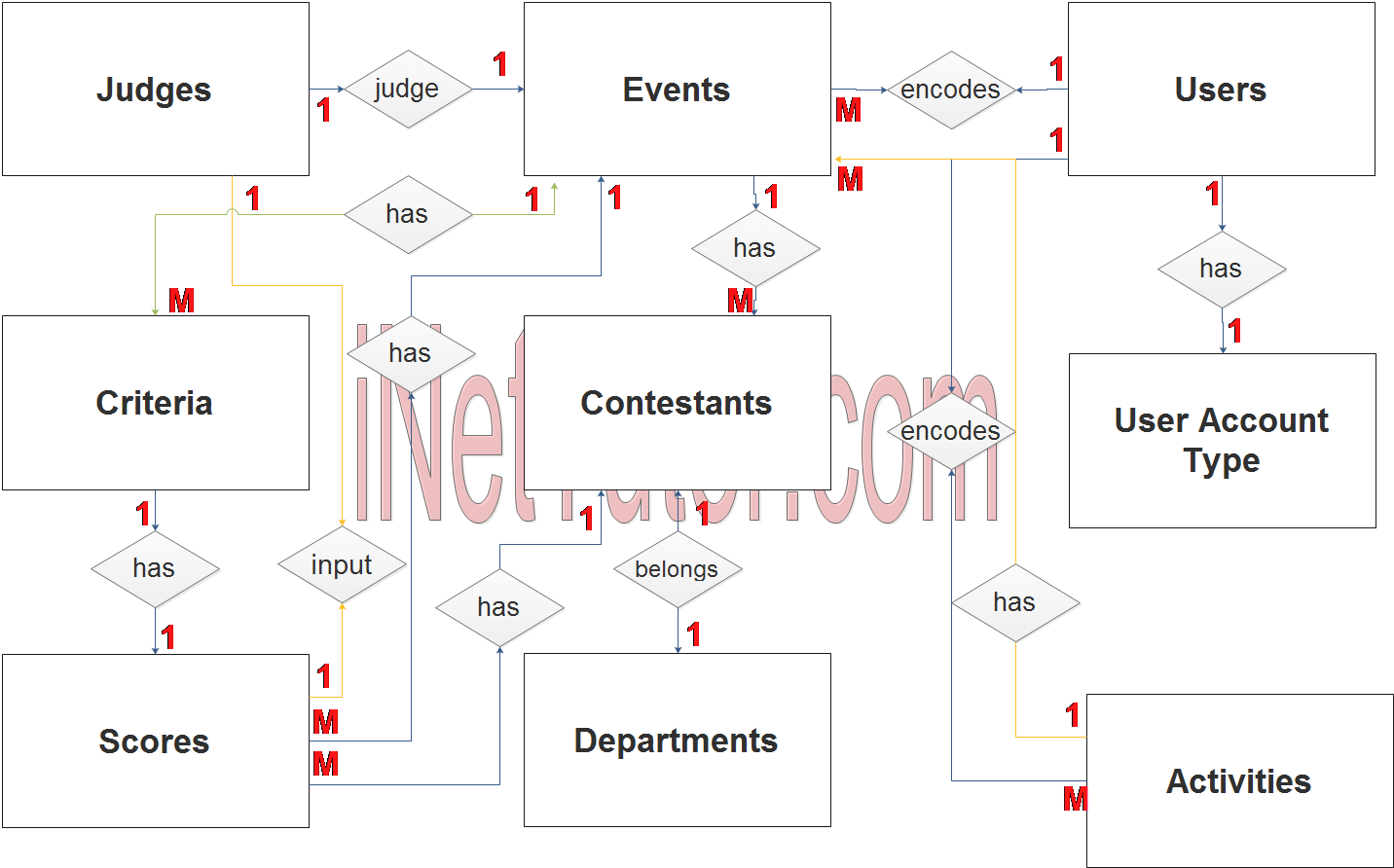
- User belongs or has a specific user account type (1 to 1 relationship).
- User encode/update/manage the information about the activities (1 to many relationship).
- User encode/update/manage the information about the events (1 to many relationship).
- An activity consists of multiple events (1 to many relationship).
- An event has multiple contestants of participants (1 to many relationship).
- A contestant belongs to a specific team or department (1 to 1 relationship).
- The contestant will receive a score or rate from judge (1 to many relationship).
- An event consists of multiple criteria or way of rating and scoring (1 to many relationship).
- A judge will be assigned for every event (1 to 1 relationship).
- A criteria requires a score or rate (1 to 1 relationship).
- The judge will input a score for (1 to many relationship).
Step 3. The last part of the ERD process is to add attributes to our entities.
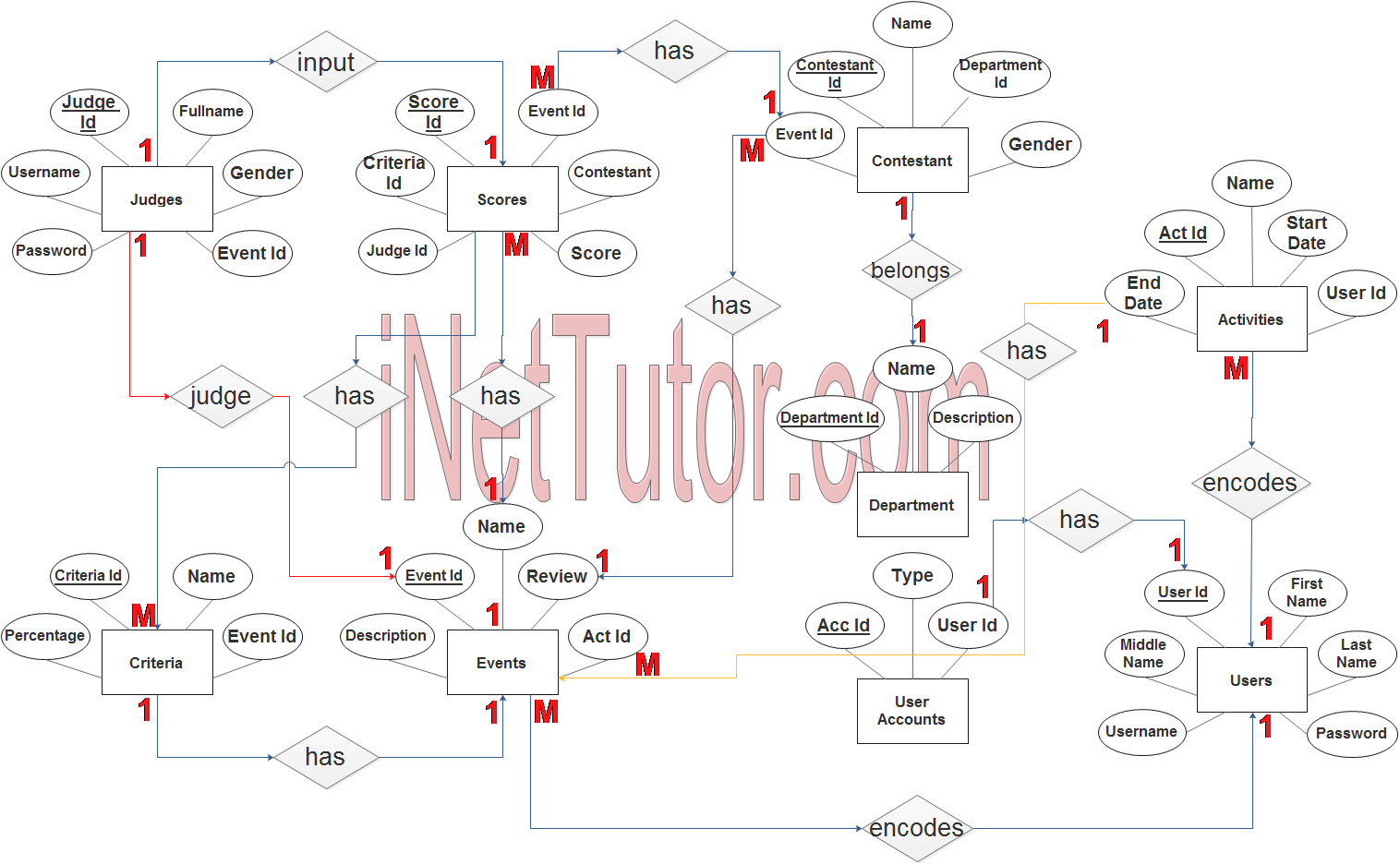
Users Entity has the following attributes:
- User ID – primary key represented with underline
- First name
- Middle name
- Lastname
- Username
- Password
User Account Entity has the following attributes:
- Acc ID – primary key represented with underline
- User ID – foreign key
- Type
Activities Entity has the following attributes:
- User ID – primary key represented with underline
Event Entity has the following attributes:
- Act ID – primary key represented with underline
- Name
- Start Date
- End Date
- User ID – foreign key
Contestant Entity has the following attributes:
- Contestant ID – primary key represented with underline
- Name
- Gender
- Department ID – foreign key
- Event ID – foreign key
Department Entity has the following attributes:
- Department ID – primary key represented with underline
- Name
- Description
Criteria Entity has the following attributes:
- Criteria ID – primary key represented with underline
- Name
- Percentage
- Event ID – foreign key
Scores Entity has the following attributes:
- Score ID – primary key represented with underline
- Criteria ID – foreign key
- Event ID – foreign key
- Judge ID – foreign key
- Contestant ID – foreign key
- Score
Judges Entity has the following attributes:
- Judge ID – primary key represented with underline
- Full name
- Gender
- Event ID – foreign key
- Username
- Password
Note: all attributes with underline represents the primary key of the entity or table.
The next step is to convert the plan designed on ER Diagram into the actual database, please search for the Event Tabulation System article which was already posted.
Contact us on our facebook page for the softcopy of the Event Tabulation System.
You may visit our facebook page for more information, inquiries and comments.
Hire our team to do the project.

